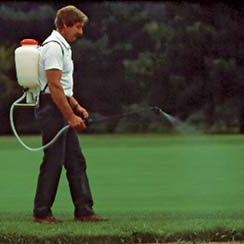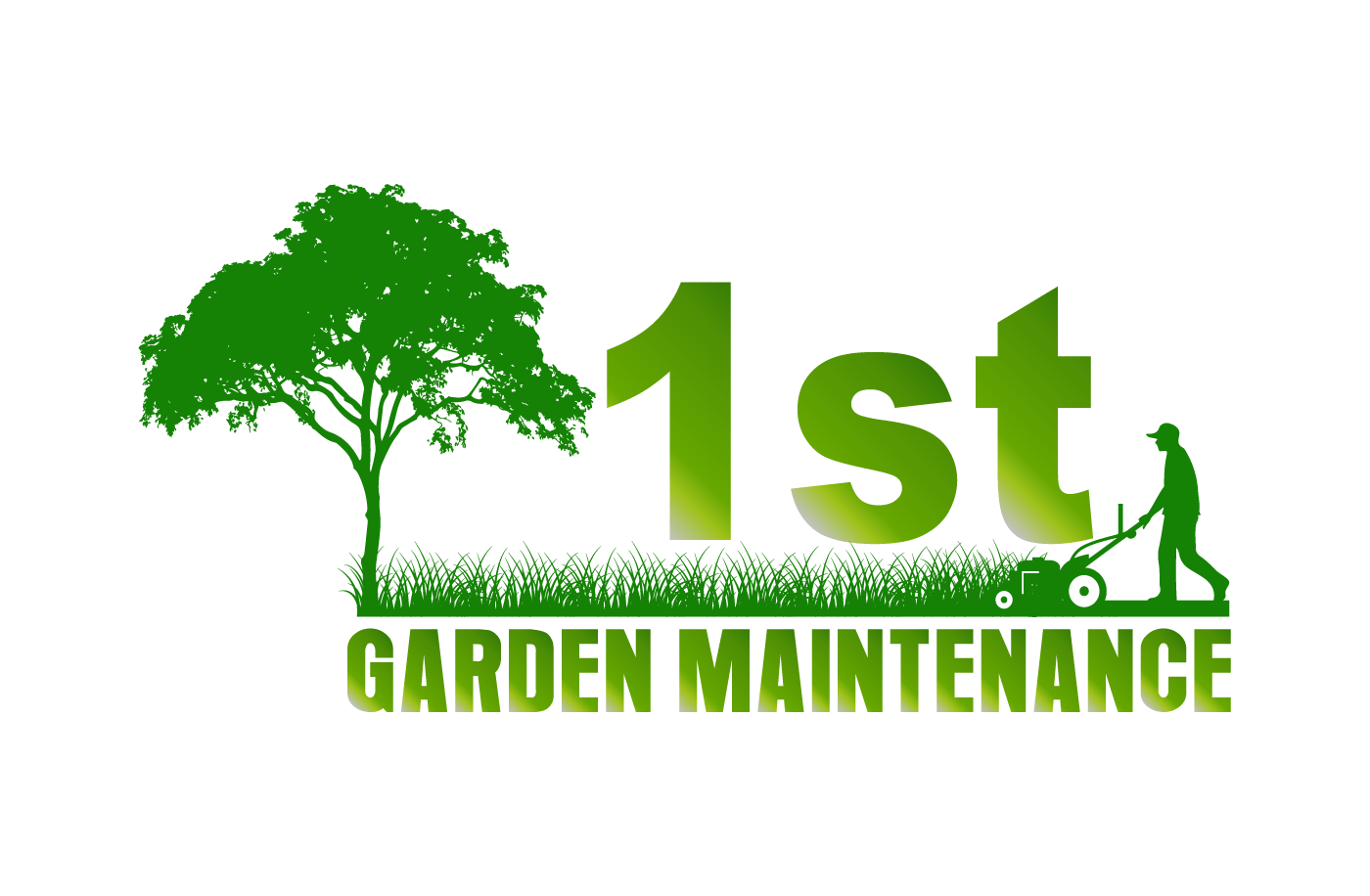The ABC Benefits Of Lawns

A healthy Turf means healthy lives. Frequently, those little green factories at our feet are taken for granted. It’s easy to overlook the many reasons why a healthy lawn or a dense athletic turf is an essential part of our lives. This primer from the NALP explains why the benefits of turf are as simple as A, B, C. Aesthetically pleasing — The value of turfed areas have been recognised for their beauty since China’s emperors maintained mowed-grass areas (157-87 BC). Today, lawns are an integral part of home landscaping and public parks.
Business improvement — Businesses and manufacturing complexes that have well-maintained grassy areas create a favourable impression to the general public, employees, and customers. Lawns increase the value of the property by up to15 percent.
Climate control — Turf grasses appreciably cool temperatures, thus working as exterior “air conditioners.”
Dust filter — Dust and smoke particles from the atmosphere are trapped by turf, keeping our air cleaner and fresher. Erosion control — Grasses greatly control erosion by intercepting both raindrops before they disturb the soil and slow-flowing water so that larger soil particles are captured from the collected water.
Fire retardation — Buffer areas of well-maintained grassy lawns around buildings are good insurance against fire.
Golf courses — Millions of people play golf for exercise, relaxation, and business transactions.
Health promoter — Turf grasses cushion, clean air, generate oxygen, and create serene, beautiful landscapes.
Injury reducer — A soft, resilient turf grass surface buffers and absorbs some of the impact from injuries due to sports and games.
Junk prevention — Garbage is less likely to be thrown on an area where there is a well-maintained lawn.
Knowledge base — The care of turf grasses and other plants is considered so therapeutic it is used in a variety of rehabilitation programs, including those for the ill, elderly, handicapped, and the incarcerated.
Landscape — Lawns are estimated to occupy an area of between 0.5 million to 1 million acres in the U.K. and is increasing along with the population.
Market value — Monetary value is associated with a well-manicured lawn. As a result sales prices of homes may increase up to 20 percent.
Noise reducer — Grassy areas reduce excessive sound, something especially appreciated in urban areas. Grassy slopes beside lowered expressways decrease noise 8–10 decibels.
Oxygen factory — The oxygen generated by turf grasses has a major impact on making our environment habitable. A 50-foot by 50-foot lawn produces enough oxygen for a family of four to breathe for one year.
Pollutant blocker — Turf grasses absorb such pollutants as carbon dioxide and sulphur dioxide, which renders the air unfit to breathe. Turf grass thatch also acts as a barrier that deters chemicals from entering the soil profile.
Quiet inducing — Grassy areas, whether as aspects of parks, golf courses, memorials, or homes, affect mood and create feelings of serenity, thoughtfulness, happiness, or sadness, depending on our personal associations.
Runoff control — A highly maintained lawn greatly reduces runoff of water and pollutants. Dense turf grass cleans the water, which helps maintain a high-quality environment.
Safety net — Grassy playing surfaces are safer than dirt, Astroturf, or concrete because they provide sure footing and cushioning sod that adds to the quality of sports. Traffic cop — Lawn barriers attractively and clearly direct both vehicular and pedestrian traffic in areas of heavy movement, whether on campuses, roads, or neighbourhoods.
Tuff but Soft-- Grass can take a battering on sports fields but it will survive, and grow.
Urban relief — Urban area lawns offer a little taste of the countryside, providing a much-needed link with nature and reducing stress.
Vitaliser — Young and old alike enjoy games and come alive on grassy areas. No other surface material feels as soothing on bare feet or is as good for playing games and even turning somersaults.
Water filter — A dense turf enhances groundwater in two ways. First, turf grasses increase water infiltration. They also clean the water as it passes through the grass so that underground water supplies are replenished for our use
Our Guarantee!
A Personal 100% Iron-Clad, Risk Free Guarantee
We want you to be totally thrilled with our service...so absolutely delighted you will recommend us to your friends and neighbours. You are the judge, if our work is not excellent, we will re-do the item in question for FREE. Nothing is more important to us than your complete satisfaction.
Customer Reviews
My Review
Customer Service *****
Quality *****
Value ****
I have had 1st Garden Maintenance for the last 3 months every two weeks. Prompt, reliable, friendly, nothing too much trouble. So lovely to be able to sit and enjoy my garden without having to worry about it.
Wendy, Hampshire.Recommended
Professional and efficient service
Customer Service *****
Quality *****
Value *****
We have been using their services for our garden maintenance since we are not very confident with the skills to keep our garden in good condition and having a newborn baby is keeping us really busy. Their work is always very efficient and professional, and we are very happy with the results. A lifesaver!
Customer in Southampton
They have been coming for several years
Customer Service ****
Quality *****
Value ****
They are always reliable and prepared to do any job I ask them to do in the garden. Everything is always left very neat and tidy.
Customer in Hampshire
Good Gardens
Customer Service ****
Quality ****
Value ****
Lawn Aeration completed quickly and very efficiently - would recommend this company.
Recommended
Gardener Maintenance Services For:-
Winchester - Chandlers Ford - Romsey - North Baddesley - Hursley - Chilworth - Eastleigh - Southampton - Hedge End - Sarisbury Green - Fareham
Park Gate - Whiteley - Gosport - Cosham - Waterlooville - Cowplain - Purbrook- Widley - Horndean - Havant
All work is carried out subject to the Terms and Conditions of 1st Garden Maintenance Ltd
Postal Address: PO Box 385, Waterlooville, PO7 9ET
All Rights Reserved - 1st Garden Maintenance Ltd ©
Company No 07840763
Registered Office Wessex House Eastleigh

